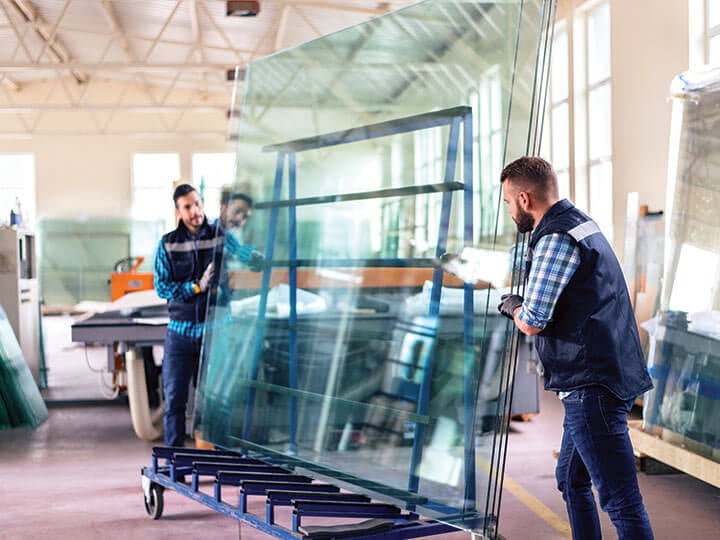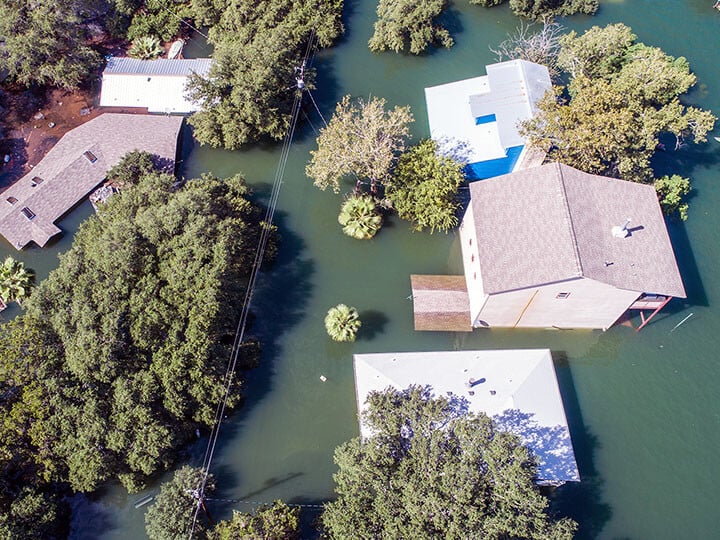ASTM E3401/E3401M 24: Standard Practice for the Design and Performance of Laminated Glass Subject to Hydrostatic Loads
Standard: ASTM E3401/E3401M‑24 – Standard Practice for the Design and Performance of Laminated Glass Subject to Hydrostatic Loads
Scope: ASTM E3401/E3401M‑24 provides a framework for evaluating the structural performance of multi-layer laminated glass under long-term hydrostatic pressure. This practice applies to glazing systems installed in environments such as swimming pools, aquariums, and other applications where the glass is continuously exposed to static water loads. It establishes two compliance methods, engineering calculations and verification testing, that confirm performance under service conditions and after glass breakage. The practice excludes monolithic glass, insulating glass units, bonded tiles, plastics, acrylics, portable aquariums, and systems exposed to dynamic flooding, impact forces, or corrosion. To comply, a laminated glass assembly must be validated using one of the approved methods to confirm it can safely carry design loads after the fracture of a single ply.
Applicable Products: This practice applies to laminated glass assemblies designed for structural applications where they retain water under pressure. Typical installations include glass pool walls and floors, aquarium panels, viewing windows, and hydrostatic flood barriers. These products must demonstrate that the glass assembly maintains structural function and load-bearing capacity even if one ply is compromised.
Test Procedure: For laminated glass with three or more plies, analytical design using finite element analysis (FEA) may be used to model structural behavior under hydrostatic and live loads. The analysis must confirm that the system supports full design loads following the fracture of any one ply. When the intended design life exceeds one month, permanent-load allowable stresses must be used, and deflection must not exceed the lesser of L/240 or 13 millimeters. For two-ply units, verification testing is required. Full-size specimens are exposed to hydrostatic pressure for approximately 22 hours, followed by a live load. One ply is then intentionally fractured, and the assembly is monitored for deflection, leakage, and continued structural stability.
End Result: ASTM E3401 is designed to confirm that laminated glass used in hydrostatic environments can maintain safety and performance after damage. Designs must account for hydrostatic load calculations based on water depth and density, incorporate expected live loads, and demonstrate that the system maintains structural function after a single glass ply fractures. Deflection must remain within serviceable limits, and unless project-specific data is provided, 40 °C should be used as the default design temperature.
Support from Intertek: We offer full lifecycle support for applying ASTM E3401, from initial planning to testing and documentation. Our hydrostatic testing services evaluate deflection, leakage, and post-breakage performance under full-scale conditions. We provide structural engineering support, including FEA modeling, load analysis, and interlayer evaluation. Our team also assists with method selection, design input assumptions, and documentation to help clients meet code and performance requirements in accordance with this practice.
You may be interested in...
Glass and Glazing Products Testing
Reduce risk and validate the performance of your glass and glazing materials.
Flood Testing Services
At Intertek, we are committed to providing comprehensive flood-related services and ensuring the safety and resilience of structures against natural disasters.
Knowledge Center
Building Health & Wellness: An Overview of Services
Acoustical Testing & Consulting Resources
Remote Pre Inspections for NFPA 80 / 101
Protek - Safety. Everywhere. Every Day
Fire Doors 101: Your Guide to Testing and Certification - Webinar Recording
Tornado Testing & Certification Requirements - Webinar Recording
Plumbing Products Testing & Certification - Webinar Recording
The Evolving Code Evaluation Process White Paper
Proposition 65 & the Furniture Industry Webinar Recording
Why Planning for FCC Certification is Key to Success in the Door Hardware Industry White Paper

Upcoming Tradeshows & Events
Resources
- Search and Buy Building & Construction Standards
- SpecDirect
- Building Products Directory
- Project Connect (formerly myATI) – B&C Products
- Construction Hive – B&C Projects (PSIQest)
- My TestCentral


